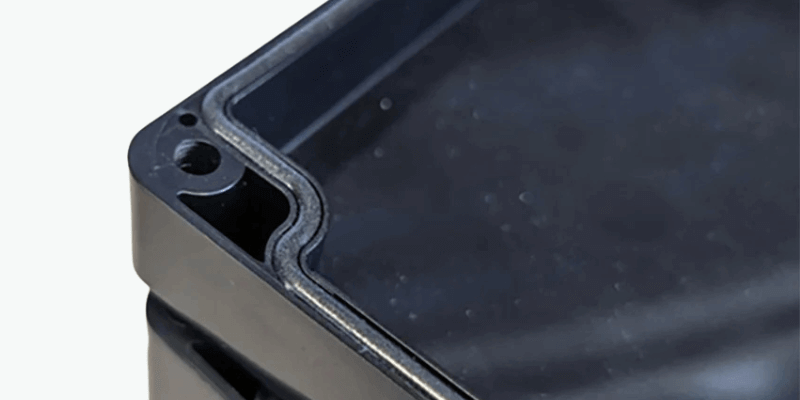Gaskets are essential for device safety and performance across various industries. They provide waterproofing and maintain the integrity of electronic enclosures.
In this post, we will discuss why gaskets matter, which materials suit various applications best, and how to design with gaskets in mind.
Why Are Gaskets Important?
Gaskets fill gaps between surfaces and compensate for irregularities to maintain system integrity and efficiency. They create a tight seal that helps achieve specific IP (Ingress Protection) ratings against water, dust, and foreign bodies.
Additionally, gaskets reduce vibration and noise while keeping out contaminants like dust.
Common Gasket Materials and Their Applications
Choosing the right material is important for your gasket’s performance under specific conditions. Here’s an overview of common gaskets and their strengths:
Rubber Gaskets
- Best For: Applications requiring flexibility, durability, and resistance to oils, chemicals, and water.
- Materials: Silicone, neoprene, EPDM, nitrile, and more.
- Key Benefits: Rubber gaskets maintain their shape during frequent assembly and disassembly without permanent deformation. Common in industrial settings, they can be injection-molded or die-cut into custom shapes.
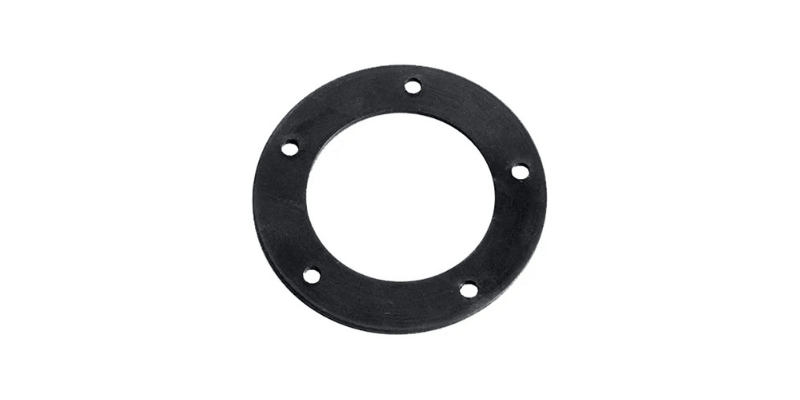
Foam Gaskets
- Best For: Situations requiring cushioning, insulation, or adaptability to uneven surfaces.
- Materials: Open-cell foam and closed-cell foam.
- Key Benefits: Lightweight and versatile, foam gaskets come in open-cell and closed-cell types. Open-cell foams are softer for unique profiles, while closed-cell foams provide greater density and outdoor resistance. They are ideal for thermal insulation and vibration damping.
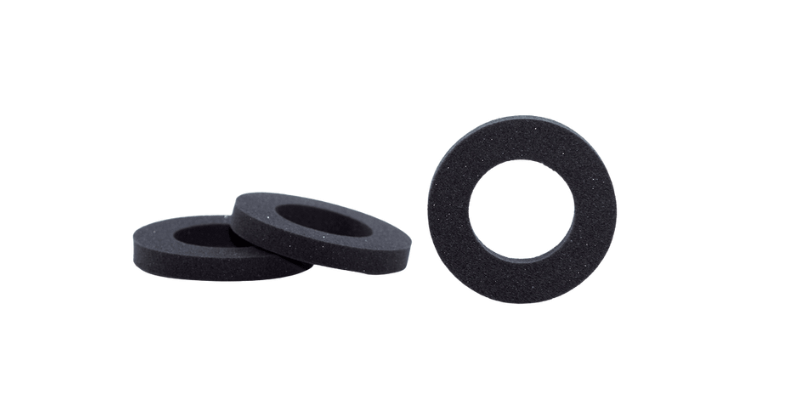
Metal Gaskets
- Best For: High-pressure and high-temperature environments.
- Materials: Stainless steel, copper, aluminum, and other metals.
- Key Benefits: Metal gaskets excel where rubber or foam fail. They offer unmatched strength and durability. Commonly used in automotive engines, aerospace systems, and heavy-duty machinery, metal gaskets easily withstand extreme pressures and temperatures.
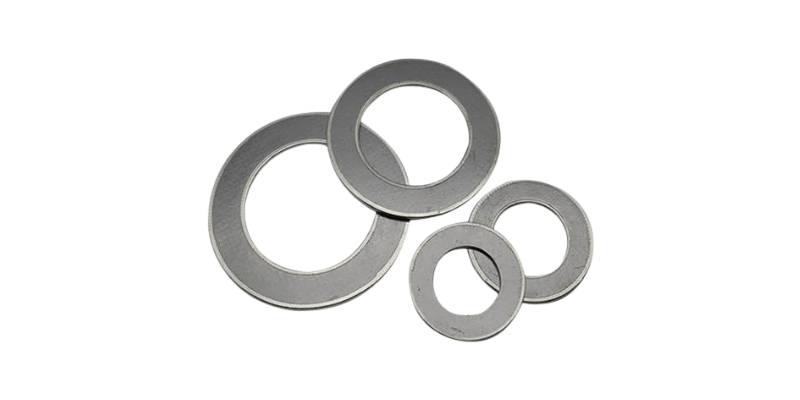
Applications of Gaskets Across Industries
Gaskets are used in nearly every industry. Here are a few examples:
Enclosures
Gaskets, from electrical junction boxes to outdoor lighting fixtures, protect critical components from moisture and dust. Choose gaskets rated IP67 or higher for robust protection.
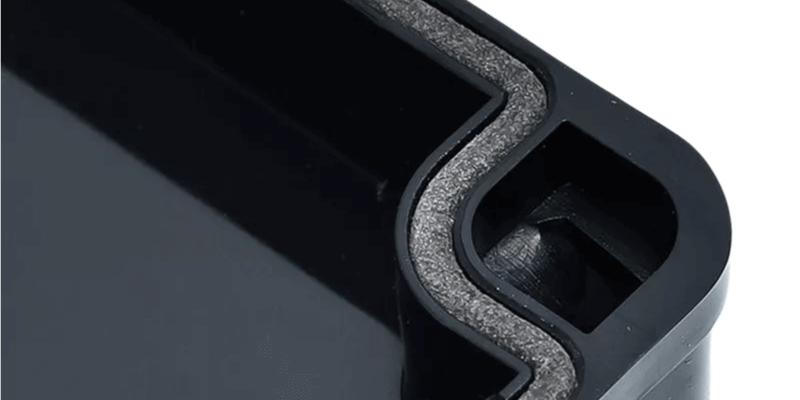
Membrane Switches
In electronic devices, gaskets paired with membrane switches offer tactile feedback and environmental protection. They prevent moisture and dust from entering the device, safeguarding the internal circuits.
Exterior Connectors
Marine electronics, car chargers, and similar devices rely on gaskets to create watertight seals. Small O-rings are often used because of space constraints.
Flat Gaskets vs. O-Rings: What’s the Difference?
Not every application requires the same gasket. Understanding flat gaskets and O-rings will help you choose the right option.
Flat Gaskets
- Hình dạng & Use: Made from flat sheets of rubber, foam, or metal, they seal flat surfaces and can be customized for complex designs.
- Ideal Applications: Custom enclosures, irregular mating surfaces, or low-pressure environments.
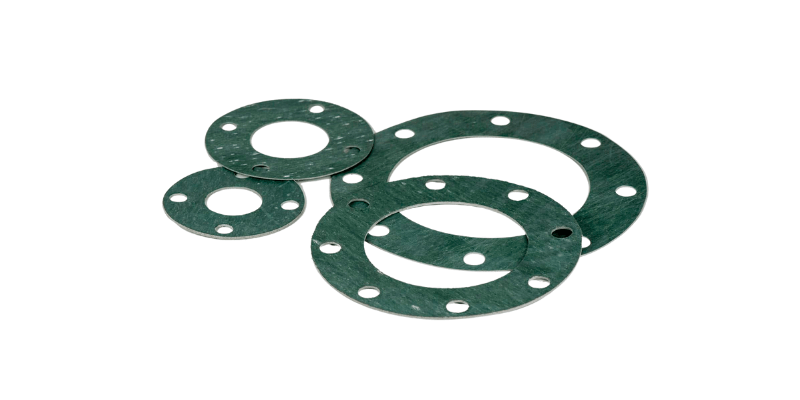
O-Rings
- Hình dạng & Use: Circular and torus-shaped, O-rings fit snugly in grooves and compress to form a tight seal.
- Ideal Applications: Dynamic systems like hydraulics or pneumatics; limited to flexible materials such as silicone or neoprene.
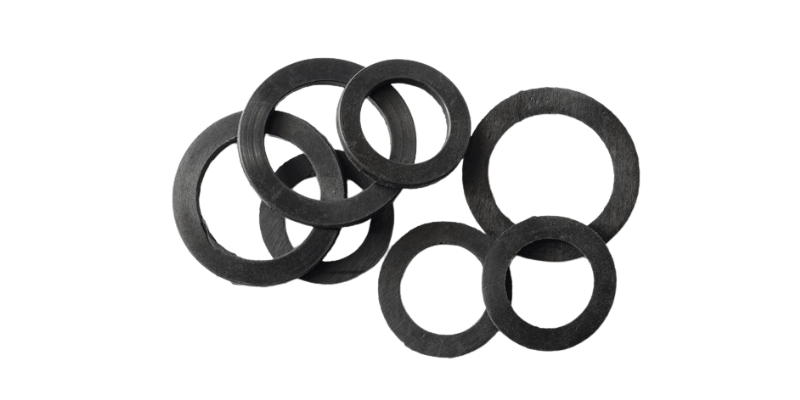
Key Factors to Consider When Selecting a Gasket
Choosing the wrong gasket can lead to costly failures. To avoid this, consider the following factors:
Material Compatibility
Match the material with its environment, such as:
- Use silicone for high temperatures.
- Opt for nitrile for oil and fuel resistance.
- Choose EPDM for outdoor UV and weather resistance.
Operating Conditions
Assess temperature, pressure, and exposure to chemicals or abrasion; a gasket suitable for low-pressure may fail in high-pressure settings.
Surface Finish and Tolerances
Rough surfaces need softer materials like foam or rubber, while smooth surfaces can use harder materials like metal.
Compression Requirements
Different materials have different compression needs; over-compression can cause loss of sealing ability, while under-compression may lead to leaks.
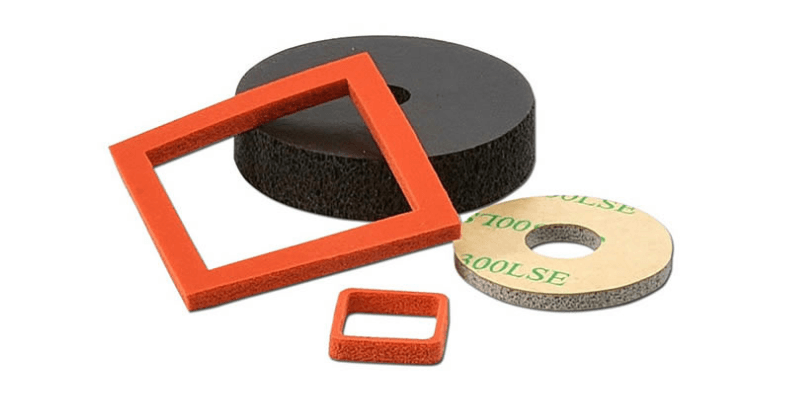
Design Tips for Maximizing Gasket Performance
Even the best gasket won’t perform well if improperly installed or designed. Follow these tips for optimal performance:
1. Allocate Space for Expansion
Ensure enough room for the gasket to expand when compressed; over-compression can damage it and compromise the seal.
2. Achieve Uniform Compression
Uneven compression creates weak spots that can lead to leaks. Reinforce mating surfaces or adjust the gasket’s thickness for even pressure distribution.
3. Test Real-World Conditions
Before finalizing your design, test the gasket under conditions like temperature extremes, vibrations, and chemical exposure.
Phần kết luận
Gaskets may be small, but they have a significant impact. They protect delicate electronics and seal high-pressure systems in various applications.
Understanding different types of gaskets, their materials, and performance factors will help you make informed choices. Choosing the right gasket ensures reliability, safety, and peace of mind.

